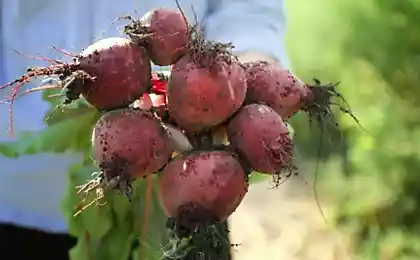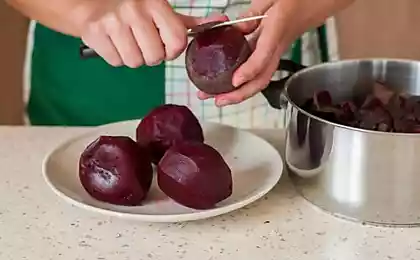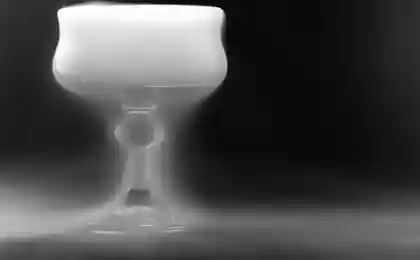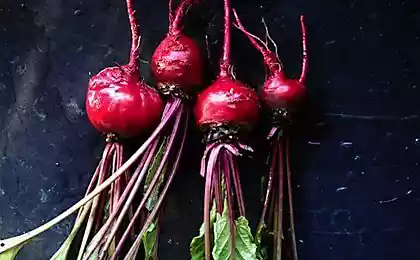495
How to get a bumper crop of large, sweet beets
Flat, round, cylindrical, doroshkova, yellow and even diabetes – all of our favorite gardens beets. There are all sorts and varieties do not offer today! But the most popular was and still is a classic red table beet is a biennial plant, which is grown as an annual. To her large and sweet trying the vast majority of fans of vegetables. Another thing that comes out is not all. And all because the cultivation of sugar beet in the open field requires knowledge of and compliance with certain conditions.
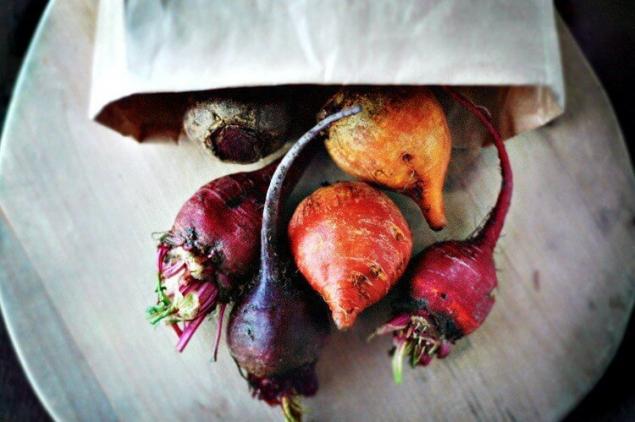
Begins the cultivation of sugar beet with soil preparation. It is advisable to do this since the fall. The land must be fertile, light, with a fairly high nitrogen content. Acidic soil it is necessary to be limed. This can be done both in autumn and spring, right before planting – unlike most crops beet is not afraid of direct liming.
She loves and organic fertilizers, especially manure. However if that is too much, can grow big and thick tops, but harm the development of roots is often not harmful. In any case, the situation can be corrected by making a as feeding an extra dose of ash.
Beet – a plant heat-loving, so hurry up with her planting in the spring should not be. Though its seeds germinate already at +7 °C, full development and growth will require a temperature of about 16 °C. moreover, germination, at a young age came under small frost will almost certainly zastrelyus, instead of pour future roots.
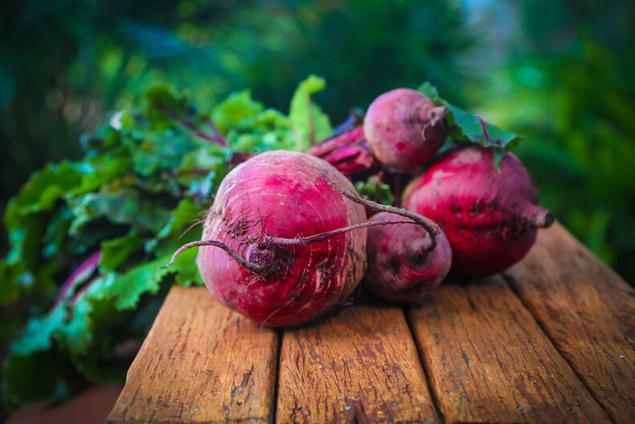
To speed up germination, beet seed is soaked in cold water for a day, or in warm for 30 minutes. When sown in the open ground seeds are buried shallowly with only 1 — 2 cm, and the distance between rows is determined based on the size of the root is expected to. If you need small, for conservation or other similar purposes, we make the aisles about 7 cm, and between individual plants leave not more than 6 cm, But if you want to get a large beet, spacing between rows should be increased to 30 cm and between plants 10 cm
Most varieties of table beet seeds are not single, but collected into small clumps of 2 — 3 pieces. Therefore, the sprouts appear quite a lot. To provide them sufficient nutrition area thinning must be done at an early stage of development. But remote plants can not be thrown away but transplanted to another place – at this age they are very easy to root and fast catching up in the growth of those that were left for initial letters.
The extraordinary vitality of beet sprouts used to obtain early production. In the early spring, when the garden is covered in snow, beet seed is sown in seedling boxes rather thickly and transplanted into the garden only after the onset of heat. But growing seedlings of beets at home we must act very carefully – it most often affects the cultures of blackleg. Therefore, the seeds and the soil must be decontaminated, protrusive potassium permanganate, Phytosporin or other suitable drugs.
After the first thinning and weeding the soil around young plants it is desirable to mulch fine organic material. If this is not done, and weeding, and loosening it will have several times over the summer. And will need to water more often. At the beginning of the mulch layer needs to be small 1 — 2 cm, but the growth of plants should be increased, using more coarse mulch – weed the weeds and grass cutting.

One of the features of beets resistant to drought and demands on the amount of moisture. A good harvest it only gives enough moist soil, but at the same time, able to endure quite a prolonged lack of water. Watering beets are preferable to sprinkler irrigation, to rosettes of leaves refreshed and washed. If the soil mulch, then the next day it will need to paraglide to a depth of approximately 4 cm.
Beet belongs to plants that prefer a high concentration of nutrients in the soil. So she loves feeding, especially with organic fertilizers and ash. Feed begin when the roots reach the size of a walnut. This can be done every two weeks, or as needed, depending on the appearance and growth rate of plants.
The garden in haste: an Unconventional way for rapid development of a garden plot
Vegetables, which can spend the winter in the garden
Beet is a plant very light. When shading, the yield is reduced quite significantly, falls and quality of roots. Especially dangerous is the lack of light in the initial period of development. If in the cotyledon crops overgrown with weeds, the plants will stretch to much and fall behind in development.published
Source: vk.com/wall-47801369?offset=180&own=1&w=wall-34691499_29368

Begins the cultivation of sugar beet with soil preparation. It is advisable to do this since the fall. The land must be fertile, light, with a fairly high nitrogen content. Acidic soil it is necessary to be limed. This can be done both in autumn and spring, right before planting – unlike most crops beet is not afraid of direct liming.
She loves and organic fertilizers, especially manure. However if that is too much, can grow big and thick tops, but harm the development of roots is often not harmful. In any case, the situation can be corrected by making a as feeding an extra dose of ash.
Beet – a plant heat-loving, so hurry up with her planting in the spring should not be. Though its seeds germinate already at +7 °C, full development and growth will require a temperature of about 16 °C. moreover, germination, at a young age came under small frost will almost certainly zastrelyus, instead of pour future roots.

To speed up germination, beet seed is soaked in cold water for a day, or in warm for 30 minutes. When sown in the open ground seeds are buried shallowly with only 1 — 2 cm, and the distance between rows is determined based on the size of the root is expected to. If you need small, for conservation or other similar purposes, we make the aisles about 7 cm, and between individual plants leave not more than 6 cm, But if you want to get a large beet, spacing between rows should be increased to 30 cm and between plants 10 cm
Most varieties of table beet seeds are not single, but collected into small clumps of 2 — 3 pieces. Therefore, the sprouts appear quite a lot. To provide them sufficient nutrition area thinning must be done at an early stage of development. But remote plants can not be thrown away but transplanted to another place – at this age they are very easy to root and fast catching up in the growth of those that were left for initial letters.
The extraordinary vitality of beet sprouts used to obtain early production. In the early spring, when the garden is covered in snow, beet seed is sown in seedling boxes rather thickly and transplanted into the garden only after the onset of heat. But growing seedlings of beets at home we must act very carefully – it most often affects the cultures of blackleg. Therefore, the seeds and the soil must be decontaminated, protrusive potassium permanganate, Phytosporin or other suitable drugs.
After the first thinning and weeding the soil around young plants it is desirable to mulch fine organic material. If this is not done, and weeding, and loosening it will have several times over the summer. And will need to water more often. At the beginning of the mulch layer needs to be small 1 — 2 cm, but the growth of plants should be increased, using more coarse mulch – weed the weeds and grass cutting.

One of the features of beets resistant to drought and demands on the amount of moisture. A good harvest it only gives enough moist soil, but at the same time, able to endure quite a prolonged lack of water. Watering beets are preferable to sprinkler irrigation, to rosettes of leaves refreshed and washed. If the soil mulch, then the next day it will need to paraglide to a depth of approximately 4 cm.
Beet belongs to plants that prefer a high concentration of nutrients in the soil. So she loves feeding, especially with organic fertilizers and ash. Feed begin when the roots reach the size of a walnut. This can be done every two weeks, or as needed, depending on the appearance and growth rate of plants.
The garden in haste: an Unconventional way for rapid development of a garden plot
Vegetables, which can spend the winter in the garden
Beet is a plant very light. When shading, the yield is reduced quite significantly, falls and quality of roots. Especially dangerous is the lack of light in the initial period of development. If in the cotyledon crops overgrown with weeds, the plants will stretch to much and fall behind in development.published
Source: vk.com/wall-47801369?offset=180&own=1&w=wall-34691499_29368
How to cook Soup Kharcho with nuts
Why is it necessary to read the literature of different countries and peoples










